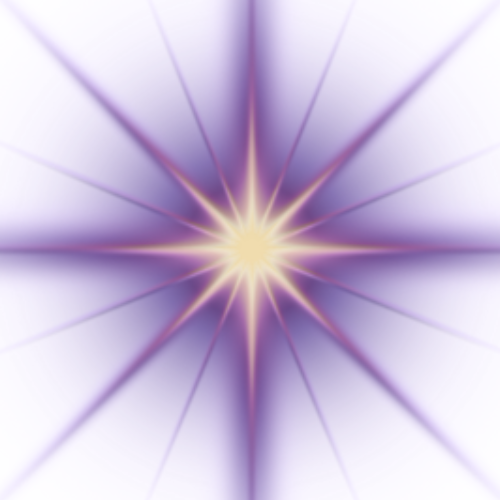It was in 1860 that a group of Chinese and Siamese tour guides cut through the dense jungle to reveal the great edifice of Angkor Wat to French naturalist Henri Mouhot. Many say that Mouhot discovered this great former seat of the Khmer Empire, but the place had long been known by local groups.

Angkor Wat is Cambodia’s celestial city, built to reflect and make concrete the spiritual cosmos. Each temple is considered the home to the god it is dedicated to. The statues, lingams and other artifacts were imbued with the spiritual signature of that god or goddess. Humans go to these temples to align themselves with that particular energy. Why? To raise their consciousness. To achieve enlightenment.

The Khemitians (Egyptians) had similar rituals. Once a statue or other symbol was completed, the Neter or particular spiritual energy was evoked so that statue radiated the energy of that Neter. People would go and sing or meditate in a particular temple to align with that energy. Those of you who have been to Sekhmet’s shrine in Karnack know what I’m talking about. She’s there. She will interact with you. She will advise and admonish you. Most of all, she will love you more than you can imagine. But I digress.
Angkor Wat is built to reflect the Hindu cosmos. In the center of the universe stands Mount Mehru, the cosmic axis mundi. This is represented by a tower or prasat in each temple that enshrines the principle deity. And I’ll bet when we get there, we’ll find a central core to the whole complex that represents the One Consciousness from which all the deities spring. Then in each temple, following sacred geometry principles, are “subordinate” towers dedicated to the deity’s spouse or “vehicle.” The periphery of the temple is for objects and things associated with the liturgy or ritual performances.
Now before we get too excited about this apparent hierarchy, remember that in Hindu cosmology, the god is the form of spirit, while the goddess (spouse) is the energy that makes the form active. Thus, “vehicle.” (In Western metaphysics, the language is almost the opposite, with masculine being energy and feminine being form, but if you read carefully, the principle is exactly the same.) This is sometimes misunderstood as “subordinate” or lesser than. But this is really a matter of time. The form exists, then is multiplied and spread through the energy of the female. But spiritually, the two are equal. One cannot exist without the other. It is only when the manifest universe dissolves at the end of a huge cycle, represented by one breath of the Great Mother, that the two fold back into the One Consciousness.

The Khmer rulers would take statues and objects from the temples to align their rule with the cosmos. In ancient Khemit, statues of the Neters were paraded in the town to spread the energy.
The outskirts of the city near Angkor Wat are also full of spiritual artifacts. Water was very important to the civilization and Shiva lingams were placed in the waterways to energize it. Water running into the pyramids in Khemit was energized through the sun and crystals. This video shows the “River of a Thousand Lingas.”
In the 16th century, the Theravadan Buddhists revitalized the site and are still active there today. Monks will lead us in a dawn chant on one of our days in Angkor Wat.
Our Cambodia Wisdom Tour is December 4th – 11th. I’m looking forward to exploring these temples and meditating in them. Sign up by the end of September.

Recent Comments